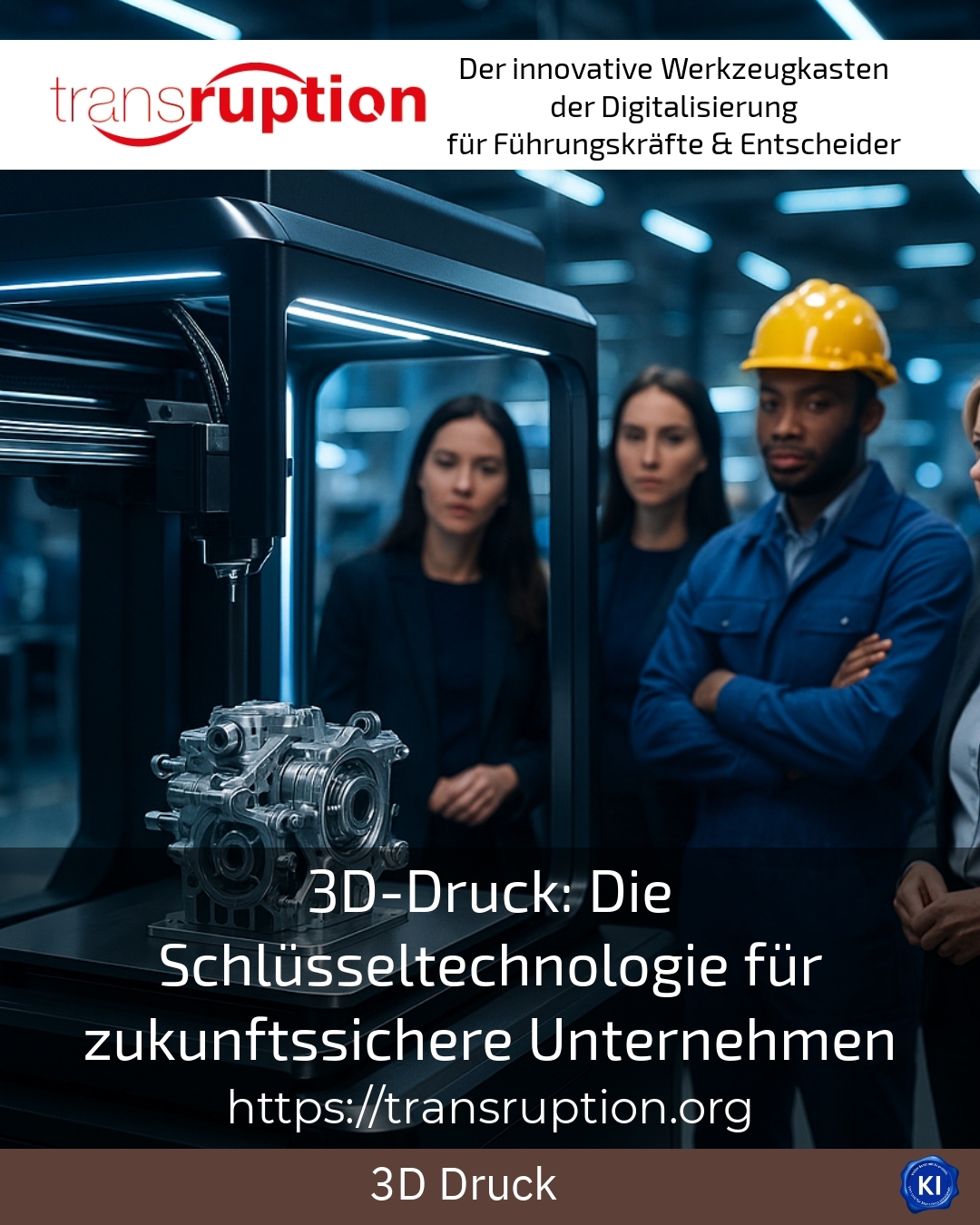3D printing has established itself as one of the key technologies that help companies to remain future-proof. It enables flexible production processes and opens up new possibilities in development and production. Additive manufacturing makes it possible to realise complex geometries that are difficult or impossible to implement using conventional processes. Companies from numerous industries report significant benefits when they utilise 3D printing strategically.
3D printing as a driver of innovation for modern companies
Many industrial companies use 3D printing primarily for prototyping. This can significantly speed up product development as designs can be quickly realised and tested. For example, companies in the automotive industry use 3D printing to produce parts ready for series production in small batches or to make customised adjustments. It also facilitates the production of tools and complex components with optimised structures in mechanical engineering.
BEST PRACTICE at the customer (name concealed due to NDA contract): A medium-sized mechanical engineering company improved its manufacturing processes with 3D printing processes. Tools and devices were created that were previously manufactured manually. Delivery times were reduced by over 50 per cent, while costs fell due to lower material consumption.
In addition, medical technology users benefit from the ability to produce patient-specific implants or prostheses cost-effectively and with a precise fit. 3D printing is not only faster, but also enables new design approaches that were previously impossible to realise.
Flexible production and cost benefits through 3D printing
A major advantage of 3D printing is the reduction in material waste. As the process works additively - i.e. layer by layer - only the material that is actually needed for the component is used. This feature makes the process economically and ecologically attractive. Small batch sizes can also be realised economically, which reduces or even eliminates the need for traditional warehousing.
In the aerospace industry, manufacturers benefit from 3D printed parts that are lightweight yet particularly resilient. This makes it possible to produce innovative components that save weight and thus reduce fuel consumption. In addition, spare parts are produced on demand, which shortens supply chains and improves security of supply.
BEST PRACTICE at the customer (name hidden due to NDA contract): An aerospace supplier used 3D printing to produce complex brackets that were unachievable by conventional methods. This allowed design improvements to be realised and production time to be halved.
3D printing in everyday life in industry: practical examples from various sectors
In toolmaking, companies are increasingly using 3D printing to produce customised tools and aids quickly and cost-effectively. This allows production processes to be designed more reliably and flexibly. For example, manufacturers of precision machines are realising devices that are precisely tailored to their needs.
3D printing also supports the production of spare parts and specialised components in defence technology, which significantly increases security of supply. This enables military organisations to quickly adapt their equipment and respond to unexpected requirements.
In the shipbuilding industry, on the other hand, 3D printing facilitates the production of components in small series with a high degree of dimensional accuracy. This reduces costs and significantly optimises the maintenance of large ships.
Driving force and companion: transformation coaching for 3D printing projects
Companies that decide to use 3D printing often face organisational and technical challenges. This is where transruptions coaching offers valuable support by accompanying projects and providing impetus for successful implementation. Topics such as process integration, employee training or selecting the right technology are addressed individually.
BEST PRACTICE at the customer (name concealed due to NDA contract): An industrial group used transruptions coaching to set up its own internal 3D printing service. Thanks to targeted moderation and methodical advice, the employees were able to work productively quickly and successfully realise innovative production approaches.
In this way, companies benefit from holistic support that not only covers technical aspects, but also takes cultural and strategic issues into account.
My analysis
3D printing is a key technology for the competitiveness of modern companies. It supports flexible, cost-efficient production and enables customised solutions. The rapid adaptability of manufacturing processes boosts innovative strength. The additive process also reduces material consumption and enables new product designs that are not possible with conventional methods. Support through professional consulting and coaching is often a decisive success factor for the sustainable integration of 3D printing in the company.
Further links from the text above:
The pros and cons of 3D printing [1]
3D printing in the industry - Söhner Shop [2]
3D printing for companies: Which is more worthwhile? [3]
Industries - 3D printing for industrial applications [4]
10 reasons why you should use 3D printing [5]
For more information and if you have any questions, please contact Contact us or read more blog posts on the topic TRANSRUPTION here.
















